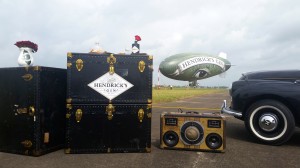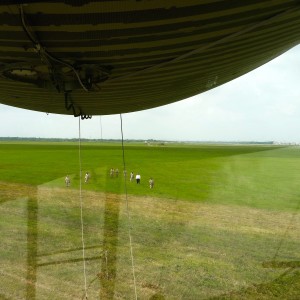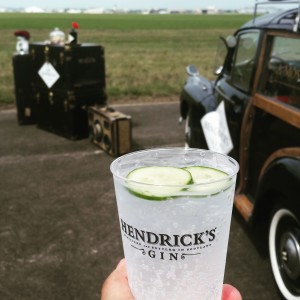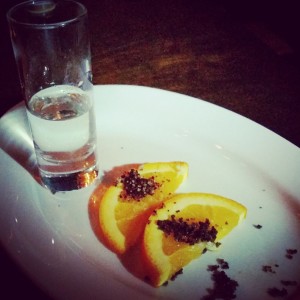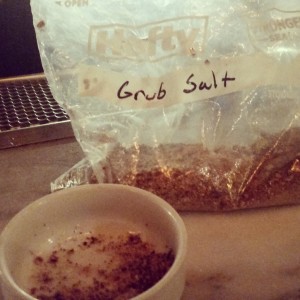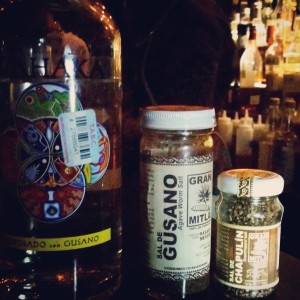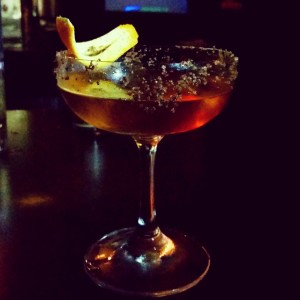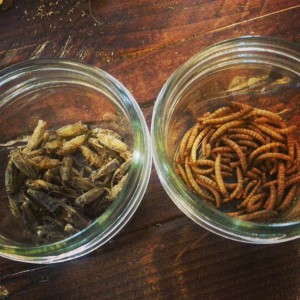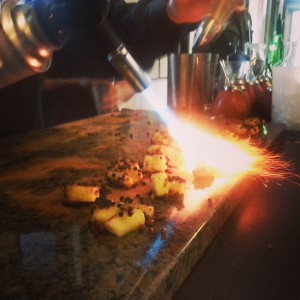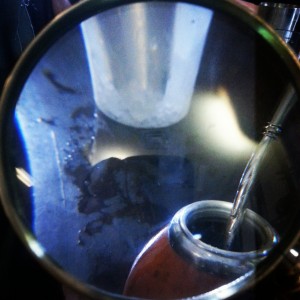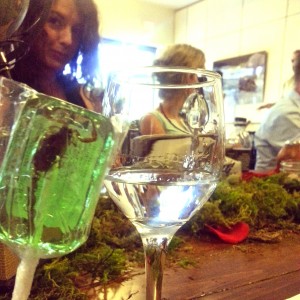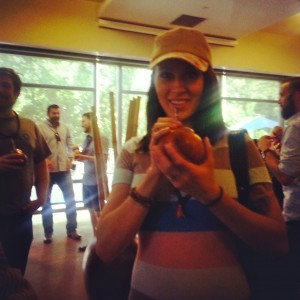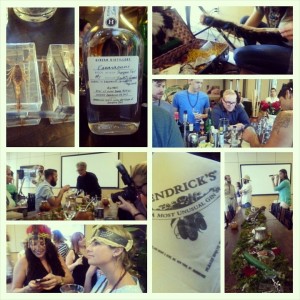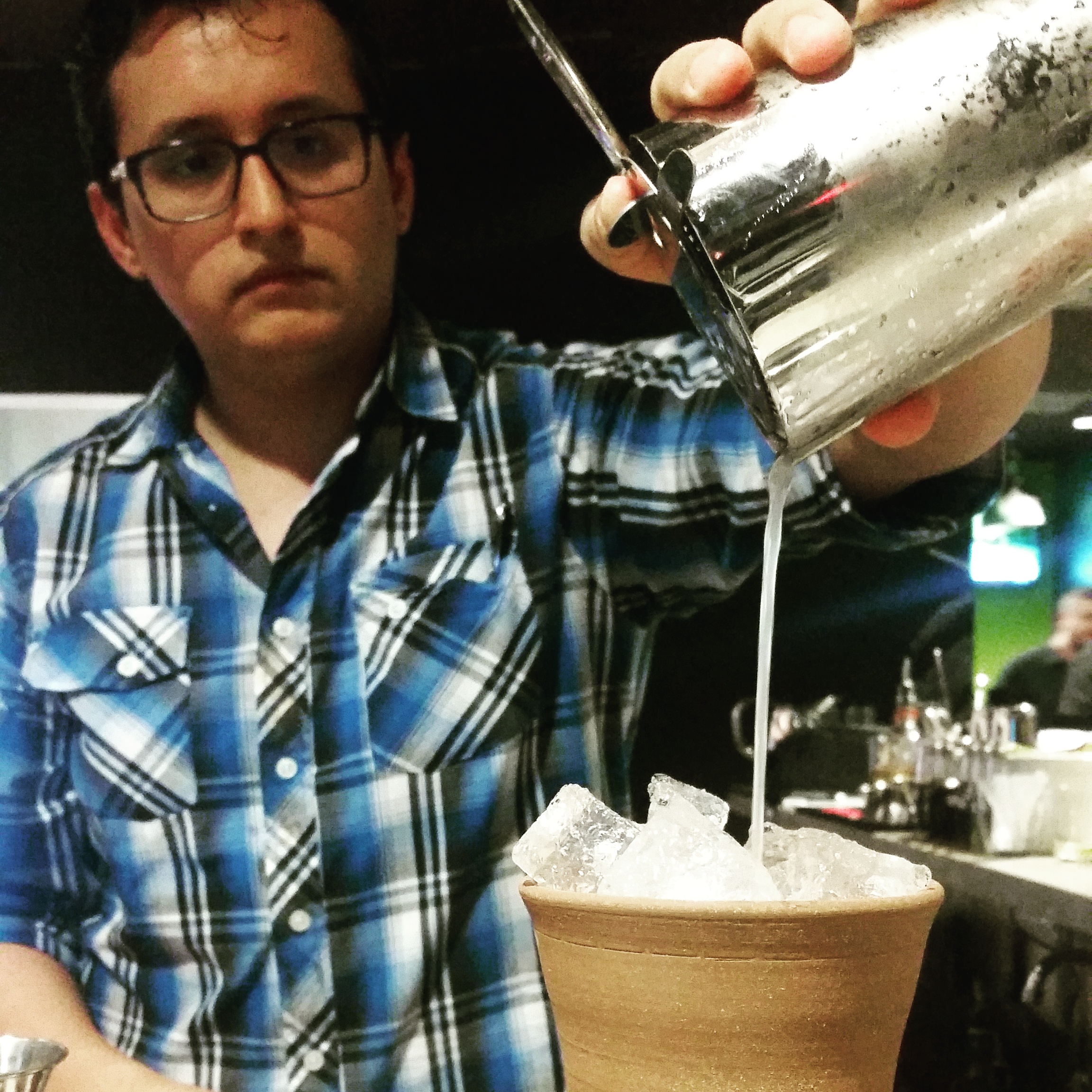
CASTLE HILLS – OK, maybe Castle Hills isn’t really that far away. On a good day you can get here in less than a half-hour. Sandwiched between Lewisville, The Colony, Carrollton and West Plano, its regal label is intentional, with a 30-mph main drag dubbed King Arthur Boulevard and the sprawling development of king-sized homes described on its web site as “a majestic, 2,600-acre master-planned community.”

It’s not the kind of outpost you’d expect to find a great cocktail, and yet, the very thought of being 25 miles north of downtown Dallas might make you pine for one. It’s a royal paradox.
Well, you’re in luck: With the opening of TBD Kitchen, Sean Conner’s latest venture (in partnership with Daniel Guillen), you and the villagers of Castle Hills now have two quality drinking establishments from which to choose.
TBD Kitchen, next door to Conner’s Pie 314, is the latest step in Daniel Guillen’s ongoing pilgrimage to promote Latin traditions via drink and food. Five of TBD’s nine house cocktails got test runs at the various pop-up events, seminars and South American-styled dinners that Guillen, the former beverage director for La Duni, has been throwing around the DFW area in the last year.
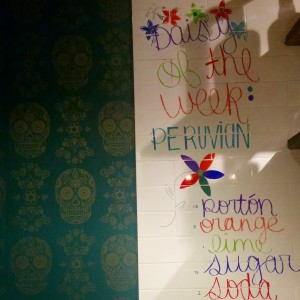
Along with a bold selection of agave spirits and rums, those drinks complement a menu highlighting $2 street tacos. (Also, if anyone asks whether you want the off-menu chicharrones, say yes.) The décor is hip Mexican, with Day of the Dead skulls, Mexican movie posters and kitschy candles from Target. Cushy, bendy barstools are modeled after seats on bass boats.
“It’s not like Dallas here,” Guillen says. “It’s a whole different beast. People here have money, but they want comfort food.”
Situated at the Castle Hills Village Shops, nestled deep in the thicket of $500,000-plus homes, Conner has accommodated those tastes, offering quality pizza and now tacos, with decent cocktails to boot. “There’s three kinds of food that people eat all the time,” says Conner, among Dallas-Fort Worth’s pioneering craft-cocktail bartenders. “And these are two of them.”

But are the people of Castle Hills ready for cocktails like the Chamoyada, a drink inspired by Guillen’s visits to the fruterias of Oak Cliff, or the Pachamama, featuring Peruvian brandy and not one, but two, Italian bitter liqueurs?
Or what about the Bolivar Old Fashioned, a nod to the influential Venezuelan leader, which mixes five rums, Angostura bitters infused with tobacco leaves and Brazilian coffee beans? The nicely conceived drink did well on a recent night, perhaps because of Guillen’s piece de resistance, a coconut water ice cube that gradually sweetens the drink as it’s savored.
Guillen says TBD actually stands for Tacos, Burritos and Daisies — the Daisy being a cocktail category of which the Margarita is a variation. A daily Daisy will be a staple of Guillen’s offerings. And in the (warmer) future, Guillen envisions half-price rum nights with cigars and dominoes, Cuban-style, on the patio.
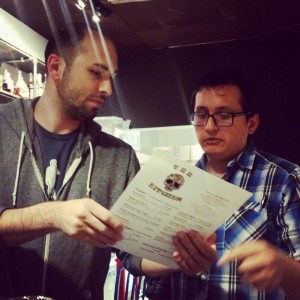
As TBD was being built out, Guillen did a smart thing: He worked the bar at Pie 314. That earned him a familiarity with local residents that will serve him as he aims to nudge less adventurous palates into unfamiliar territory. “If you like Balvenie,” Guillen told one guest as he slid forward a bottle of Cartavio XO, “this is a Peruvian rum. It’s finished in sherry casks, just like Balvenie is.” The guy was inspired to give it a try.
A couple at the bar was impressed with Guillen’s Margarita Pa’Llevar (Margarita to-go), whose presentation mimics the street-ready drinks served in plastic bags in certain South America countries. It was among the drinks Guillen featured with chef David Anthony Temple at a South American dinner earlier this year, sipped through a straw coated with chamoy – fruit pulp flavored with lime and chile – for some added kick.
So maybe he’ll earn the keys to the kingdom just yet. “People are like, ‘Why here?’” Guillen says. “Even I don’t know. We were just given the chance, so we’re going to roll with it.”

